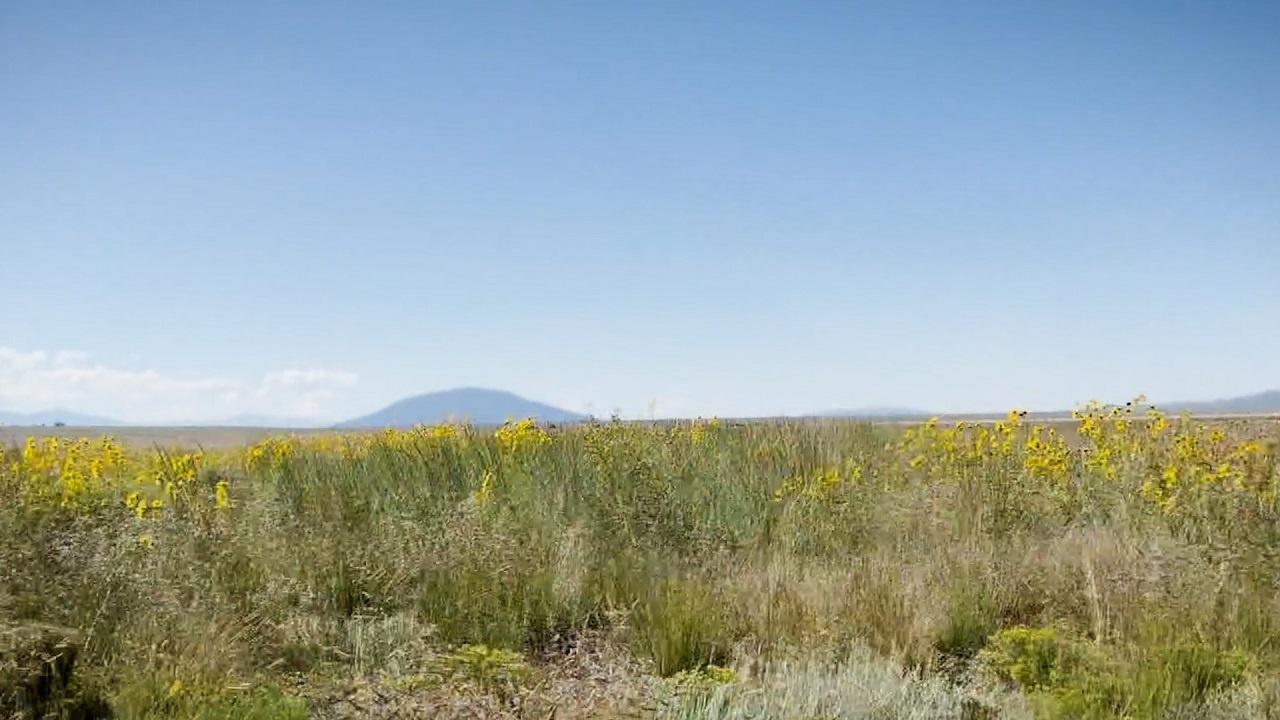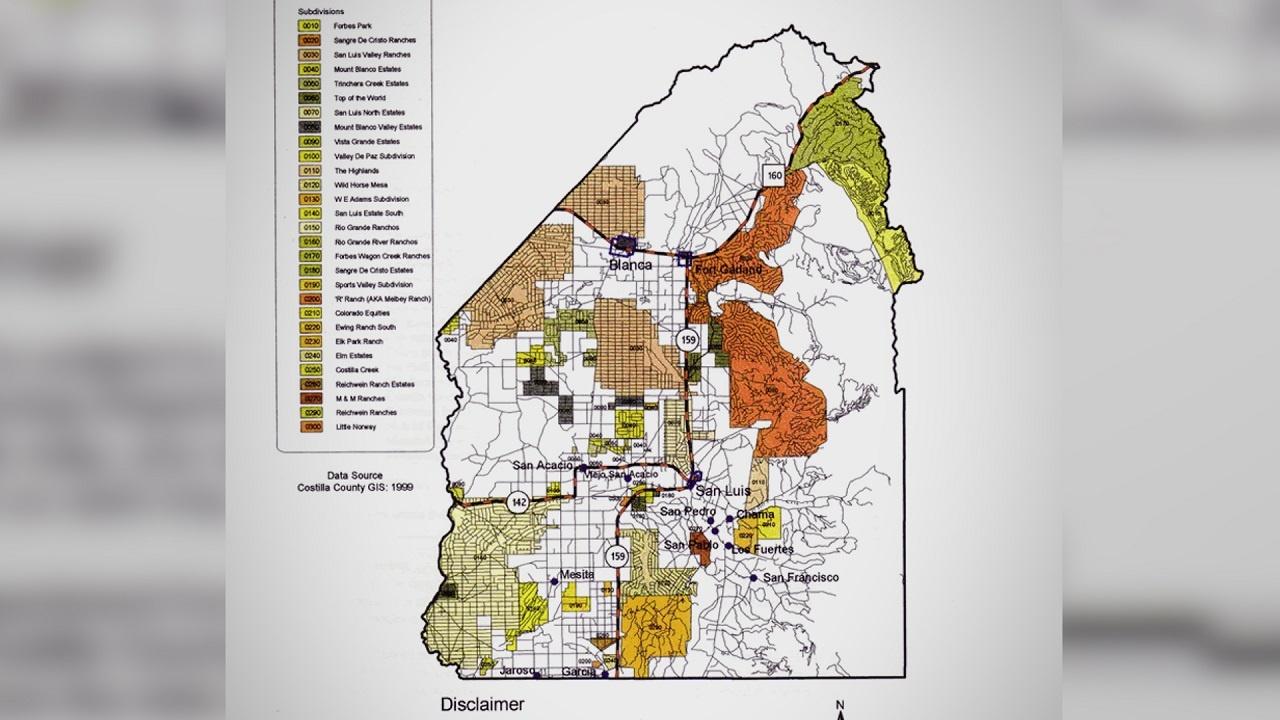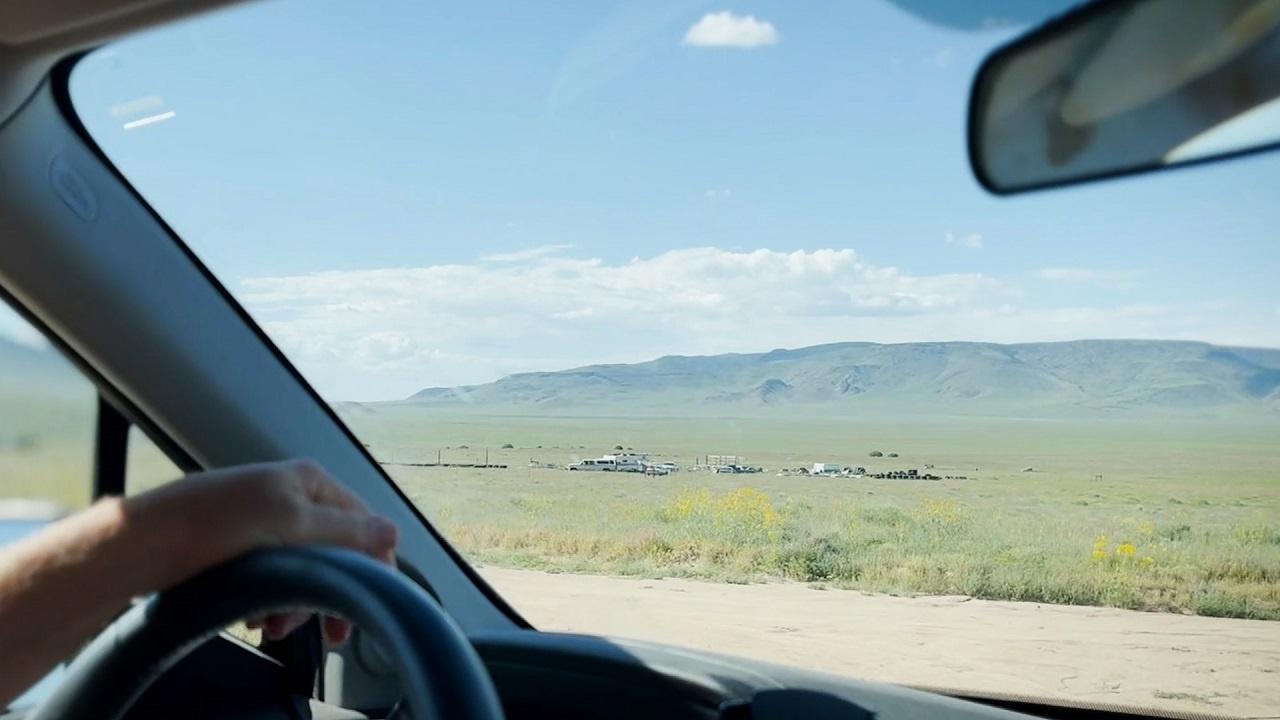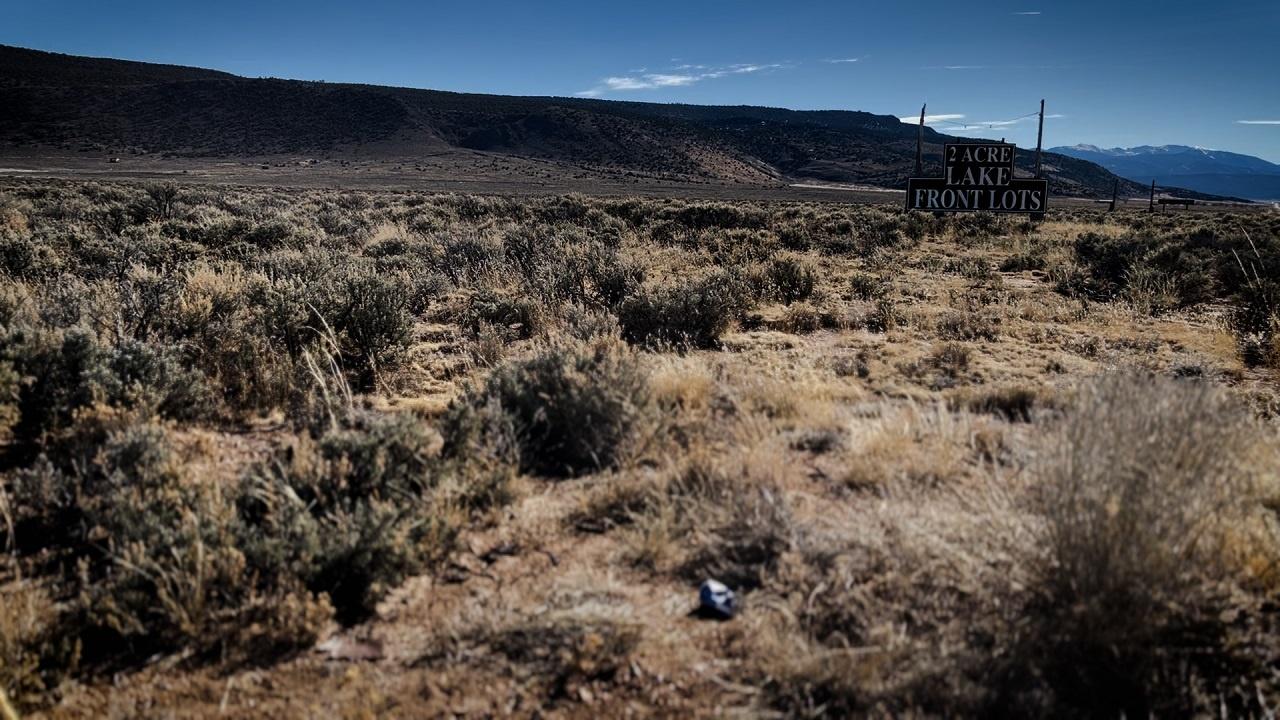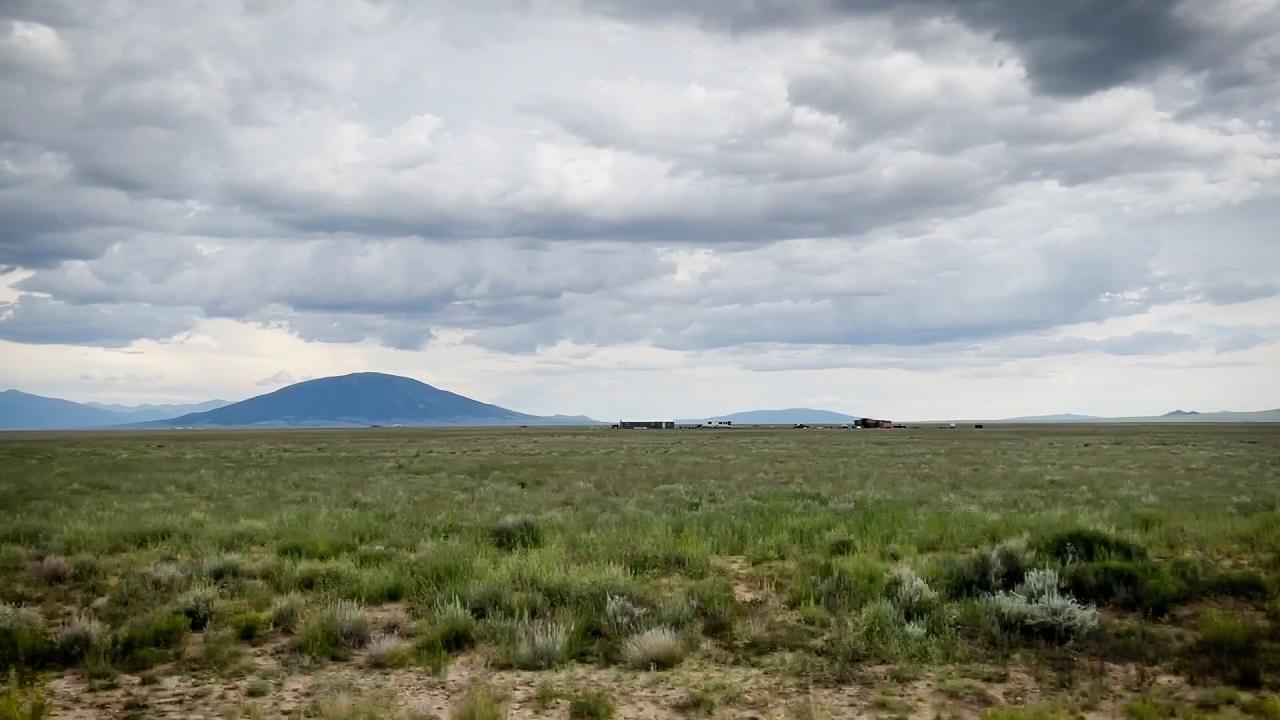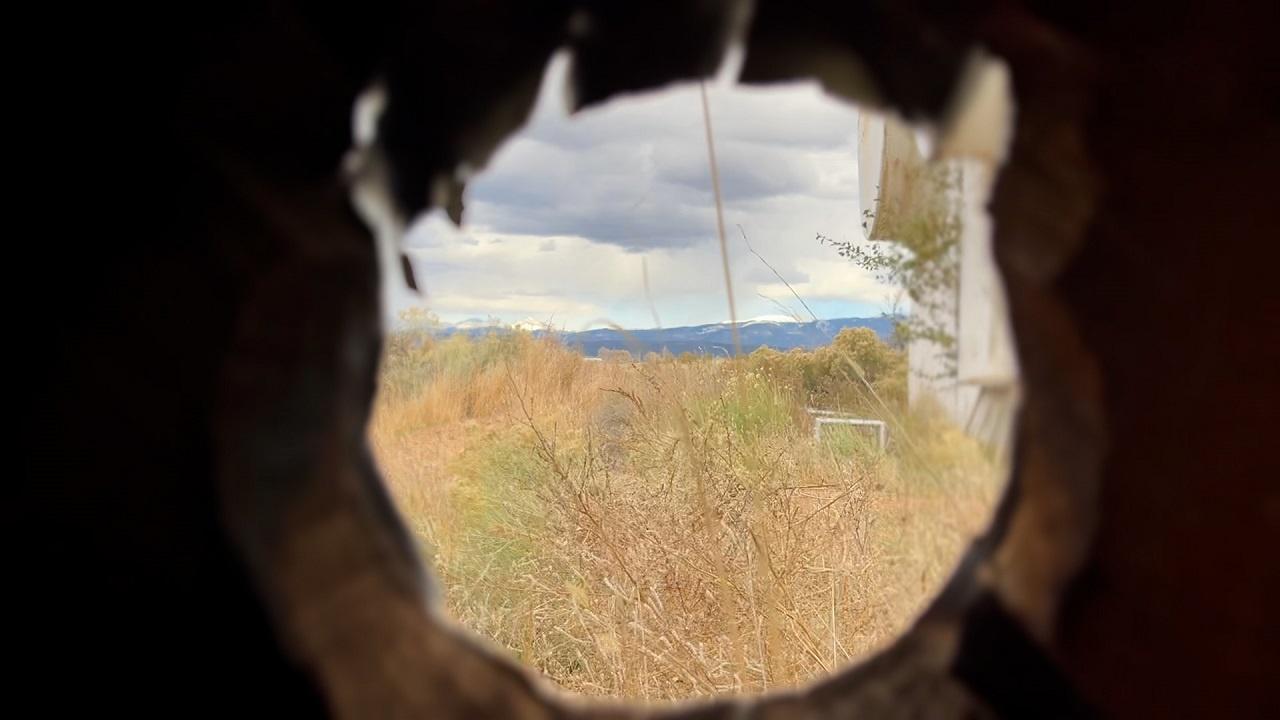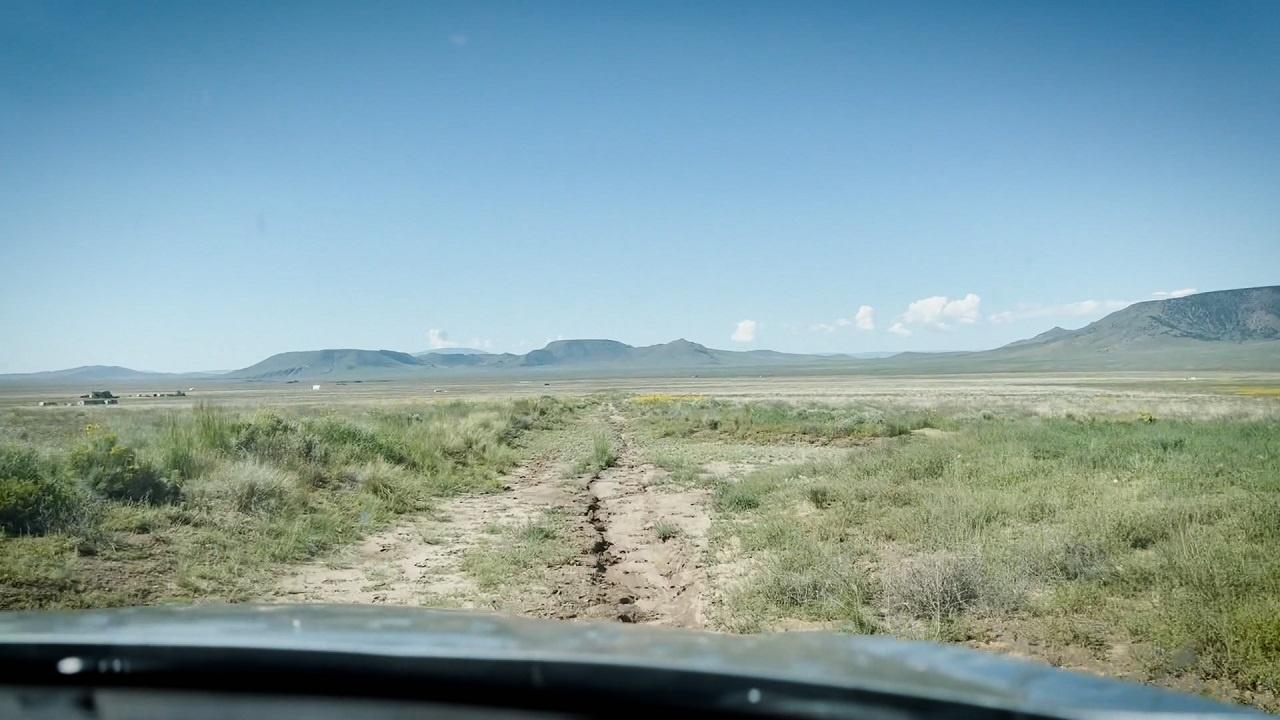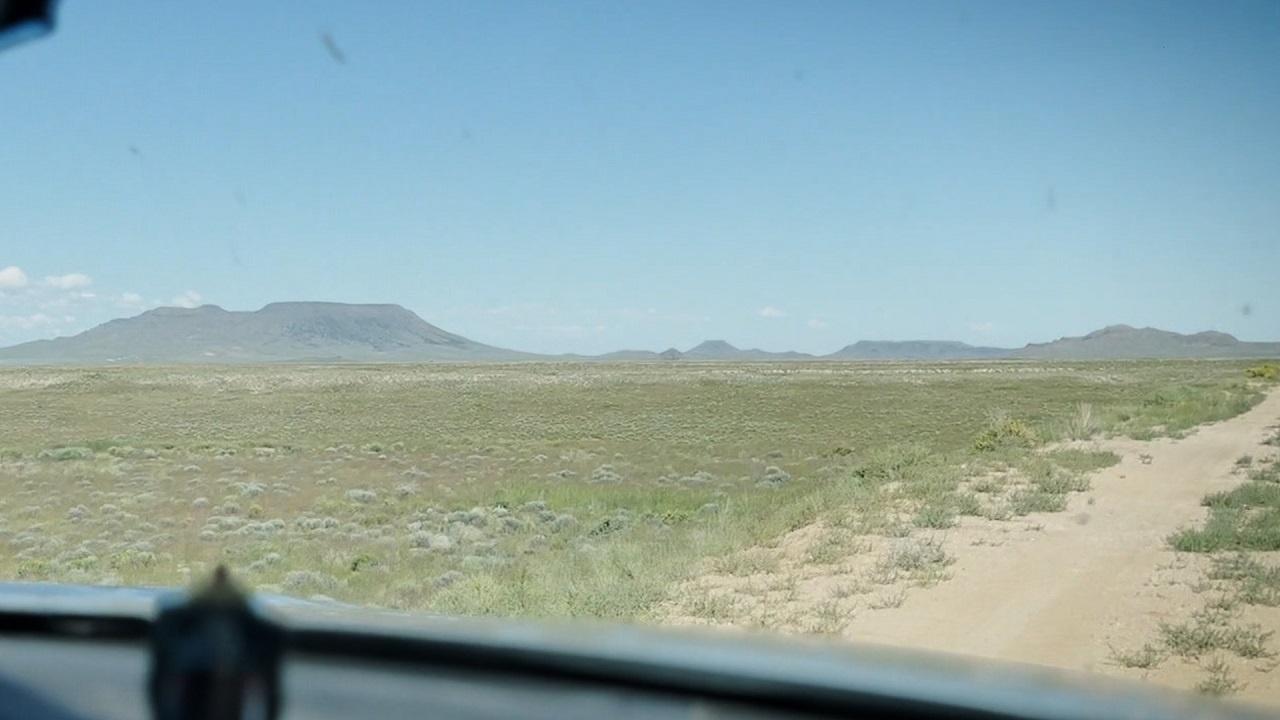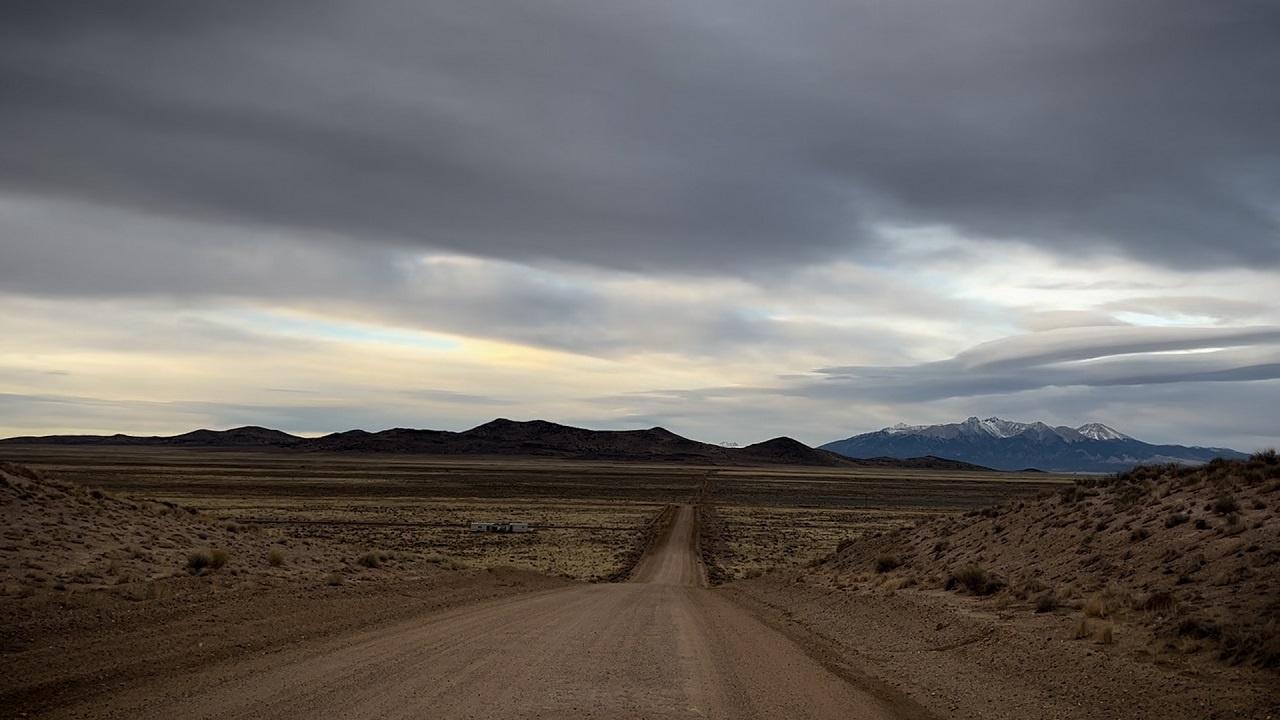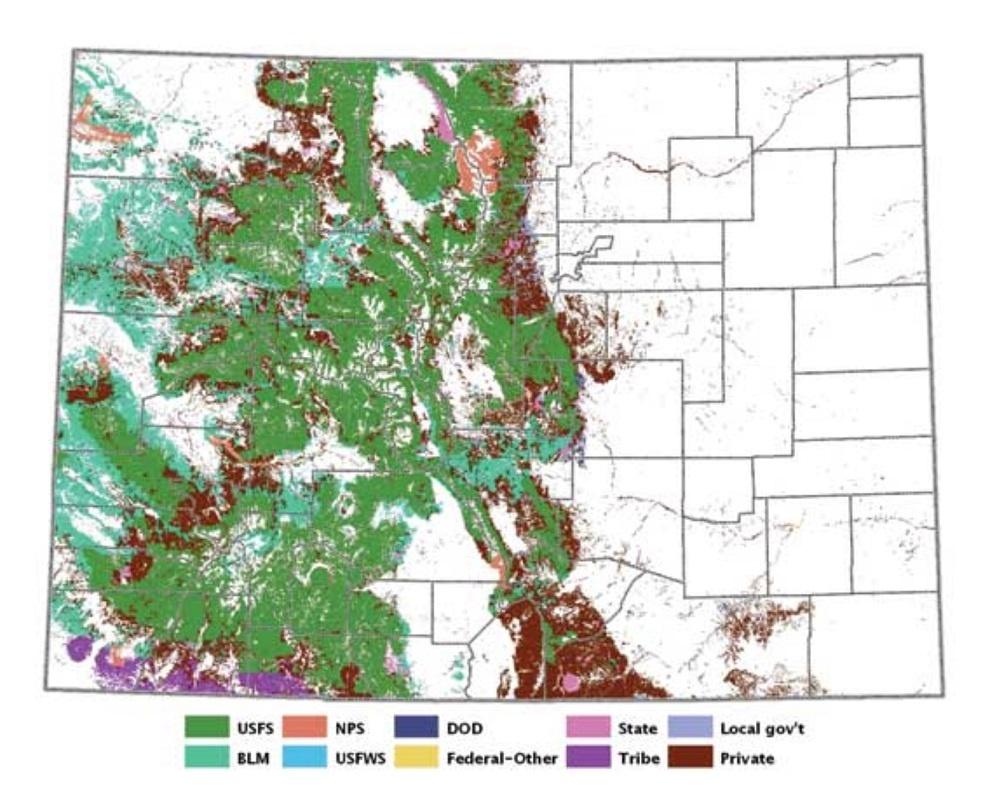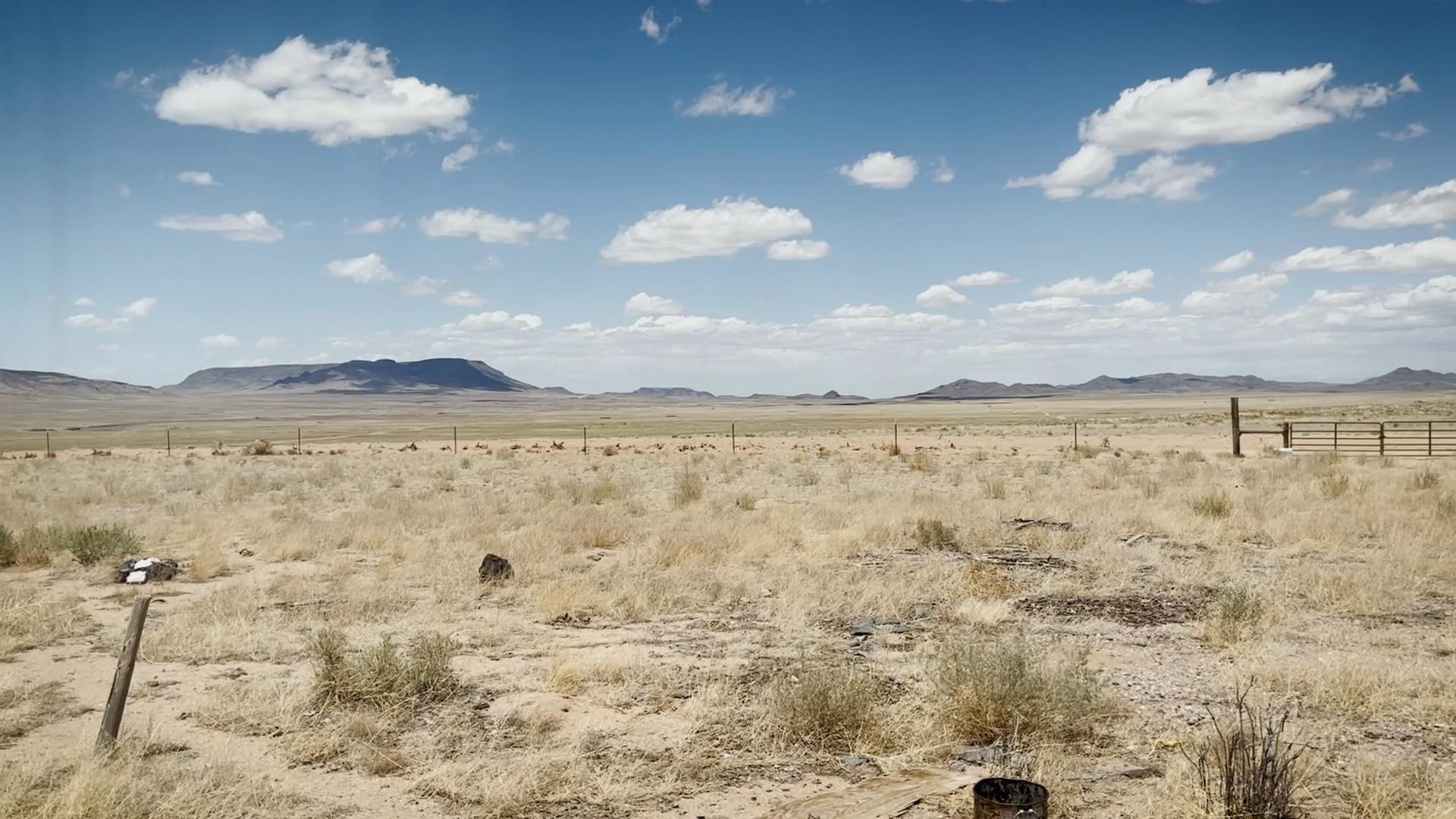Doon said the social services director “has the most challenging job in the county. All of this is also stressing our Department of Social Services. They've seen a huge spike in clients coming in, and with it, the need for public health, personal care providers, and more. And there's just no accompanying revenue to help us deal with this.”
Doon said the situations are often dire by the time the county is involved. “A couple years ago, we had a family trudge down the mountains through two feet of snow. They’d been living in a tent,” Doon said. “They were waving the white flag like, ‘Oh my God, we can't do this anymore.’”
An increase in people passing away on the prairie without next-of-kin — and sometimes, without an identity at all — has also forced the county to step up.
“If somebody passes away, and they have no next of kin, and no financial resources, the state statue actually names the coroner and the county administrator as being responsible for the burial,” Doon said.
It’s not fine print Doon realized existed when he took the county administrator job in 2011. Now, when he gets a call from the county coroner’s office, “I just think, ‘Oh, no.’” Doon said.
“The first one I ever had to do, really kind of struck me,” he said. “That lady was there for about seven days. Her body was so decomposed, the coroner needed serious help."
“I won't say I am jaded, but, you know, I've gotten a little bit used to it,” Doon said. “That first one really kind of kind of shook me to my soul a little bit, especially because I was in the person’s home, and I just didn’t know what to do.”
Doon also arranges for caskets and burials. “One of [the deceased] was recently a veteran, and we asked the VFW and the Legion to come and do a ceremony,” he said. They were able to procure some money for a tombstone for the veteran, Doon said, and held a small makeshift service. “But it’s just so sad, you know, having those situations come up.”
Prairie residents say they have known of many people passing away on the prairie. Faulty buildings, fire systems, smoke inhalation, collapsed roofs, frostbite and freezing to death are not uncommon. Sometimes folks lack the materials, resources, or preparedness to survive.
[Related: It’s mind-over-matter on the high desert prairie, where brains, brawn, and self-sufficiency are prized commodities.]
“As soon as these people die, anything of value on their property gets stolen,” Doon said.
To combat increased theft, and to deal with jail capacity issues, the county recently passed a $0.01 sales tax increase. “It’s specifically for public safety and law enforcement, and to hopefully build a new jail someday,” Doon said. He said the need is obvious in the community. “We've put that on the ballot a few times and it's failed. And I don't think we did anything different this time.”



